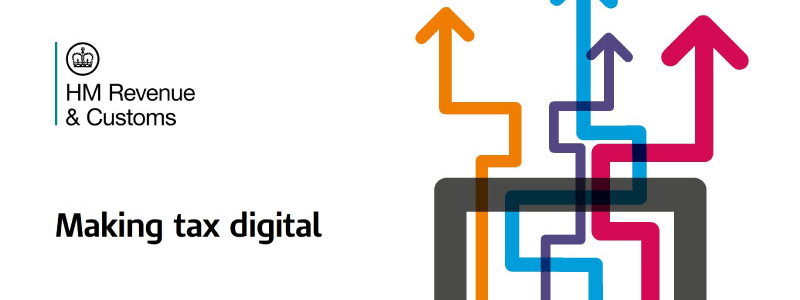
From April 2019 most VAT registered businesses will need to comply with new legislation requiring them to submit their VAT returns electronically using an Application Programme interface (API) between their accounting and HMRC software.
Keeping financial records will become digital and most businesses will need to use software or apps to keep their records – the days of manual record keeping are over!
HMRC have now issued their detailed guidance on the digital record keeping and return requirements for Making Tax Digital (MTD) for VAT.
VAT Notice 700/22 clarifies that spreadsheets may still be used to keep business records provided that there is bridging software that links to the Government gateway.
There will however be a one year “grace” period during the first year of MTD when businesses will not be required to have digital links between software programs, referred to in the VAT Notice as a “soft landing”.
The VAT notice includes a number of helpful examples illustrating different accounting systems and the digital links required to comply with MTD for VAT.
The VAT notice is essential reading for all VAT registered businesses. https://www.gov.uk/government/publications/vat-notice-70022-making-tax-digital-for-vat
WHEN DOES MTD FOR VAT START?
The Making Tax Digital rules apply from your first VAT period starting on or after 1 April 2019. A ‘VAT period’ is the inclusive dates covered by your VAT Return.
For example, where a business submits quarterly returns covering the periods to 28 February, 31 May, 31 August and 30 November, the business will need to comply with Making Tax Digital rules for the VAT quarter starting 1 June 2019 and ending on 31 August.
“SOFT LANDING” FOR MTD FOR VAT FOR THE FIRST YEAR
For the first year of MTD for VAT (VAT periods commencing between 1 April 2019 and 31 March 2020) businesses will not be required to have digital links between software programs. The one exception to this is where data is transferred, following preparation of the information required for the VAT Return, to another product (for example, a bridging product) that is Application Programme Interface (API) – enabled solely for the purpose of submitting the 9 Box VAT Return data to HMRC. The transfer of data to this product must be digital.
For the first year of MTD for VAT (VAT periods commencing between 1 April 2019 and 31 March 2020), where a digital link has not been established between software programs, HMRC will accept the use of cut and paste as being a digital link for these VAT periods.
However, for VAT periods starting on or after 1 April 2020, there must be a digital link for any transfer or exchange of data between software programs, products or applications used as functional compatible software.
USE OF SPREADSHEETS IN PREPARING VAT RETURNS
Example 3 in the VAT Notice describes a business that uses a spreadsheet and bridging software from April 2019, which allows the information to be transferred to HMRC via an API. It uses a spreadsheet to record all sales, purchases, and expenses in a digital format. The VAT Return is then prepared within the spreadsheet, using formulae already written into the spreadsheet.
The VAT Return information is then sent via a mandatory digital link to bridging software, which digitally submits the information directly to HMRC. Example 6 shows how a spreadsheet would be acceptable in order to consolidate VAT information prior to submit a Group VAT return.
We can work with you to make sure that your accounting systems will comply with the new VAT rules before they start in 2019. Note that MTD for VAT will not be mandatory where turnover is below the VAT registration limit, currently £85,000 per annum.


Recent Comments